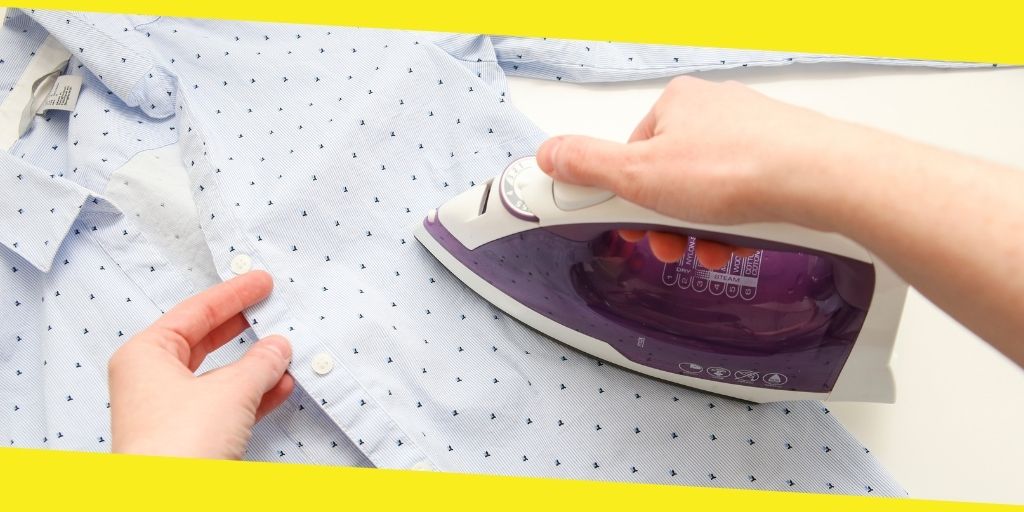How to Maintain Your Vintage Clothing

There comes a point in every person’s life when we’re concerned about the upkeep and maintenance of our possessions, whether it’s our car, home, or even the clothes we wear. If you’re a value-minded consumer, then you know that it’s more important to have a few nice things than lots of mediocre ones. And since money is often an issue, and we can’t always afford to replace expensive items, we need to get better at keeping our things in good condition.
Even if you don’t claim to be a fashionista, you probably spend more on clothes than you think. According to the U.S. Bureau of Statistics, the average consumer spends over $1,800 on clothes each year. That figure rises with age: Adults over the age of 35 spend around $2,500 a year. Consumers are willing to spend more on high-quality items that last a long time.
You’ll save more time and money down the line if you learn how to keep your clothes looking like new. After all, it would be a terrible shame if your vintage Ralph Lauren jacket or Bogner “Elaine” ski pants wore out too soon and you didn’t have the spare cash to replace them.
Contents
ToggleCheck the labels
One of the most important things you can do to keep your clothes in good condition is to read and understand the label, and I’m not talking about the brand. Most clothes have tags located on the neck or on the inner seam that contains the care instructions. Look up the meaning of the symbols so you’ll know how to clean and take care of the item.
It’s best to group similar items to streamline the laundry process. Instructions may vary from piece to piece: Some might require hot water while others prefer cold water. Some pieces can be laundered in a washing machine while others have to be hand-washed. If you don’t have the time to deal with high-maintenance clothing, you might want to buy items within the same category (e.g. cotton, denim).
Don’t apply too much heat
Incorrect use of the clothes iron can lead to premature wear or even permanent damage. Make it a point to read the user manual and learn much heat works best for different types of fabric. Clothes irons use heat to remove wrinkles from fabric by loosening the fibers. However, too much heat could lead to staining and burning. Some fabrics also need to be steamed while others can be ironed dry.
For instance, use low heat on synthetic fabrics such as acrylic, polyester, and nylon. Meanwhile, natural fabrics such as cotton, linen, and wool are sturdier and can withstand more heat. Don’t spend too much time ironing an item. Most fabrics only need two or three passes to straighten them out.
One alternative to the clothes iron is the steamer. Like the iron, the steamer also uses heat and water to wrestle wrinkles into submission. However, they’re easier to use and you don’t have to remove the hanger to straighten the piece out.
Learn how to sew
One of the most underrated life skills is sewing. It’s easy to learn, and yet many people still don’t know how to repair their own clothes. Knowing how to replace a missing button or patch up a hole can add years to your clothes and save you more money.
Accidents happen all the time, and even the most careful among us have had an embarrassing clothing incident. Of course, you can always hire someone to fix your clothes, but why spend money if you can do the repairs yourself?
The next time you’re at the department store, make it a point to buy a sewing kit. They’re very cheap and contain everything you need to make basic repairs. You can also search online for video tutorials if you don’t know how to sew.
These things will help ensure your wardrobe looks fresh and new year after year. Of course, not all clothes are meant to be used for a long time. Some fabrics naturally wear out with repeated use, and colors fade after a few years. But if you know the basics of apparel maintenance, you can extend the life of your favorite pieces.
Recommended For You
Spruce Up Your Living Space With Simple DIY Projects
Most Inside
Most Inside offers high-quality recommendations and valuable updates to enhance all aspects of your life, providing premium guidance and enriching experiences.




